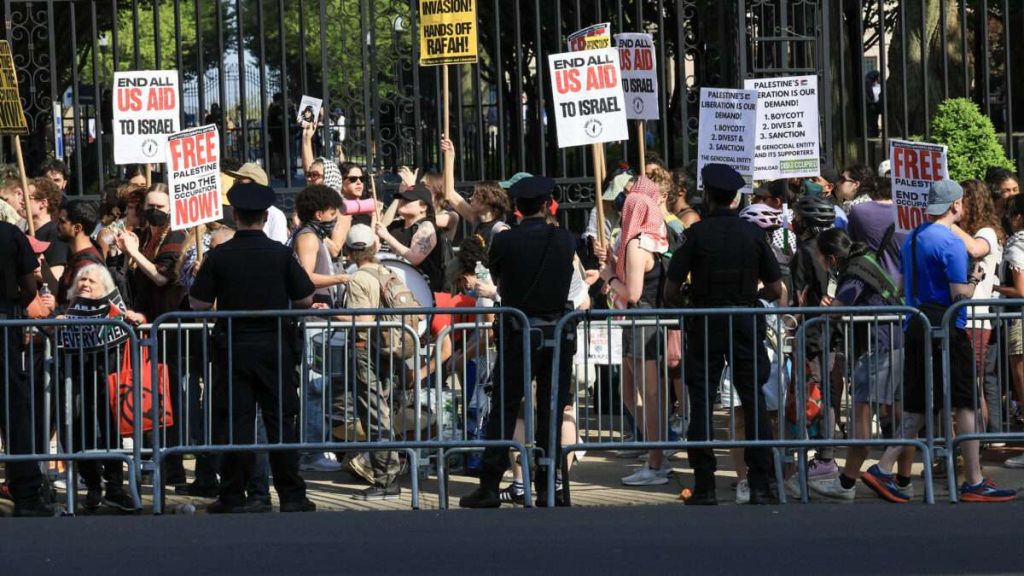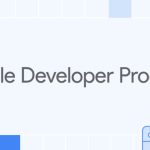This column was written before police entered Columbia University’s Hamilton Hall
One challenge of free speech advocacy is holding the line even when the speech in question is vile. Then you must make distinctions between acceptable forms of expression and those that violate the rights of others. That’s why it’s important to have clear, firm principles applied equally to all points of view. In the absence of clarity, you find yourself making things up as you go along—like too many institutions of higher learning at a moment of campus unrest.
Muddled Boundaries for Expression
“Early this morning, a group of protestors occupied Hamilton Hall on the Morningside campus,” Columbia University advises. “In light of the protest activity on campus, members of the University community who can avoid coming to the Morningside campus today (Tuesday, April 30) should do so.”
The school subsequently locked down the campus. That was two weeks after over 100 protesters were arrested at an encampment on campus grounds and days after administrators then muddled boundaries by vowing not to summon police again to handle demonstrations against Israel’s response to the October 7 attack by Hamas. The protests frequently feature antisemitic language, sometimes turn violent, and passed the point of violating Columbia’s rules and control over its own property weeks ago.
Columbia has done a poor job of defining what is and isn’t acceptable. Without firm guidelines, the protests have lingered and spread to other institutions. Some are dealing with the protests better than others—particularly those that respect speech rights but also make clear where the line is drawn.
Free Speech With Respect for Others
“Against the backdrop of the war in Gaza, college administrators are confronting a flurry of student activity on campus that includes peaceful protest and lawful self-expression, punctuated at times by bursts of severe disruption and even isolated acts of violence,” notes the Foundation for Individual Rights and Expression (FIRE), which consistently calls for respect for expression and regard for the equal liberty of others. “Separating First Amendment-protected speech from illegal conduct in these situations can present challenges, but it’s not an impossible task.”
The key is setting expectations ahead of time. That’s true at public universities bound by the First Amendment and at private schools educating students to function in a society where people disagree.
“Whenever you have protests, universities will define the time, manner and way in which it’s done,” Daniel Diermeier, Chancellor of Vanderbilt University, told NPR last week. “So for example, you’re not allowed to disrupt classes, and you’re not – you know, injuring a security guard and forcing your way into a closed building is not an expression of free speech.”
When Vanderbilt students did exactly that in March, police ejected them within a day. Three were expelled and about two dozen others received lesser discipline. They were punished not for their message—others criticized Israel without consequence—but for occupying property and attacking a guard. There’s a distinction between the two that must be maintained if institutions are to simultaneously preserve speech rights while forestalling chaos.
“To provide clarity—and to ensure freedom of expression—universities must adopt free speech principles and enforce them consistently,” emphasizes FIRE. “Harmful, hateful, and offensive speech” is protected by the First Amendment, the organization points out. That includes expression directed at specific groups, like the antisemitic slogans sometimes encountered at recent protests.
That said, FIRE adds that “a campus where unprotected conduct and expression—such as violence, true threats and intimidation, incitement, and discriminatory harassment—go unaddressed is a campus where faculty and students will be afraid to speak.”
A Difficult Balancing Act
Yes, that is a balancing act. It’s one that leaves room for criticism of both Columbia’s paralysis over its campus encampment as well as the crackdown by public colleges in Texas on demonstrations that may be offensive but are peaceful and conducted within constitutional boundaries.
In March, Texas Governor Greg Abbott directed state institutions “to address the sharp rise in antisemitic speech and acts on university campuses and establish appropriate punishments, including expulsion from the institution.” That impermissibly targets speech protected by the First Amendment.
A better take is found in the Chicago Principles developed in 2014 at the University of Chicago and adopted elsewhere with varying degrees of consistency. The principles embrace freedom of expression and state that “it is not the proper role of the University to attempt to shield individuals from ideas and opinions they find unwelcome, disagreeable, or even deeply offensive,” but also that “the University may restrict expression that violates the law, that falsely defames a specific individual, that constitutes a genuine threat or harassment, that unjustifiably invades substantial privacy or confidentiality interests, or that is otherwise directly incompatible with the functioning of the University.”
In response to recent protests at the University of Chicago, within hours administrators reaffirmed the school’s commitment to free expression. They also reminded participants that the encampment “clearly violates policies” and reserved the right to take “disciplinary action” over disruptions of campus life.
In FIRE’s free speech rankings of 248 universities, the University of Chicago ranks “above average” at 13, while Columbia is “below average” at 214.
Self-Inflicted Wounds
Columbia’s low score represents not wholesale suppression of all expression, but years of selective tolerance of some points of view and crackdowns on others. That’s been a feature of life at many Ivy League and other elite institutions, where those with the “right” ideas have grown accustomed to doing what they please while muzzling opponents. That likely contributed to the current unfortunate moment of confusion over where boundaries lie, if anywhere.
For those concerned over the need to tolerate vile speech, even within limits, it is worth knowing that trumpeting offensiveness to the world may carry its own penalty.
“33% of those making hiring decisions said they are less likely to hire Ivy League graduates today than five years ago,” Forbes‘s Emma Whitford reports of a survey of employers intended to measure the impact of campus chaos. “Only 7% said they were more likely to hire them.”
We all have a right to voice our views—peacefully. But we can’t make people like them.
The post For Peaceful Campus Protests, Colleges Need Free Speech Principles appeared first on Reason.com.







